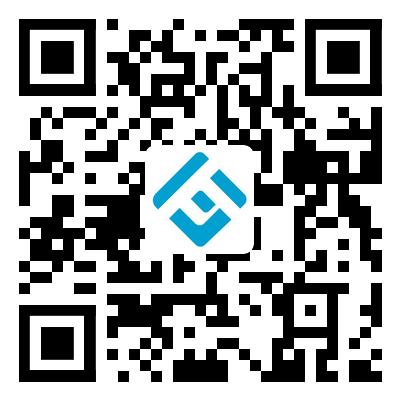- English
- Español
- Português
- русский
- Français
- 日本語
- Deutsch
- tiếng Việt
- Italiano
- Nederlands
- ภาษาไทย
- Polski
- 한국어
- Svenska
- magyar
- Malay
- বাংলা ভাষার
- Dansk
- Suomi
- हिन्दी
- Pilipino
- Türkçe
- Gaeilge
- العربية
- Indonesia
- Norsk
- تمل
- český
- ελληνικά
- український
- Javanese
- فارسی
- தமிழ்
- తెలుగు
- नेपाली
- Burmese
- български
- ລາວ
- Latine
- Қазақша
- Euskal
- Azərbaycan
- Slovenský jazyk
- Македонски
- Lietuvos
- Eesti Keel
- Română
- Slovenski
- मराठी
- Srpski језик
A discovery that accelerates the commercialization of solid oxide electrolytic cells for the production of green hydrogen
2023-03-06
Green hydrogen production technology is absolutely necessary for the eventual realization of a hydrogen economy because, unlike gray hydrogen, green hydrogen does not produce large amounts of carbon dioxide during its production. Solid oxide electrolytic cells (SOEC), which use renewable energy to extract hydrogen from water, are attracting attention because they do not produce pollutants. Among these technologies, high temperature solid oxide electrolytic cells have the advantages of high efficiency and fast production speed.
The proton ceramic battery is a high-temperature SOEC technology that uses a proton ceramic electrolyte to transfer hydrogen ions within a material. These batteries also use a technology that reduces operating temperatures from 700 ° C or higher to 500 ° C or lower, thereby reducing system size and price, and improving long-term reliability by delaying aging. However, as the key mechanism responsible for sintering protic ceramic electrolytes at relatively low temperatures during the battery manufacturing process has not been clearly defined, it is difficult to move to the commercialization stage.
The research team at the Energy Materials Research Center at the Korea Institute of Science and Technology announced that they have discovered this electrolyte sintering mechanism, raising the possibility of commercialization: it is a new generation of high-efficiency ceramic batteries that have not been discovered before.

The research team designed and carried out various model experiments based on the effect of transient phase on electrolyte densification during electrode sintering. They found for the first time that providing a small amount of gaseous sintering auxiliary material from the transient electrolyte can promote the sintering of the electrolyte. Gas sintering auxiliaries are rare and difficult to observe technically. Therefore, the hypothesis that the electrolyte densification in proton ceramic cells is caused by the vaporizing sintering agent has never been proposed. The research team used computational science to verify the gaseous sintering agent and confirmed that the reaction does not compromise the unique electrical properties of the electrolyte. Therefore, it is possible to design the core manufacturing process of proton ceramic battery.
"With this study, we are one step closer to developing the core manufacturing process for proton ceramic batteries," the researchers said. We plan to study the manufacturing process of large-area, high-efficiency proton ceramic batteries in the future."





